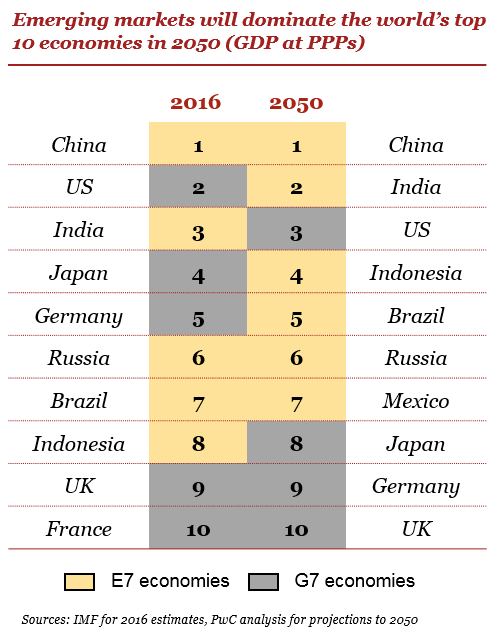If there’s one thing that customers dislike, it’s the barriers in switching between competitive products. As customers, we want to retain our freedom. However, as entrepreneurs, we are incentivized to curtail that freedom. As I wrote earlier, head to head competition in a market pushes profits to zero. To make a profit, an entrepreneur needs to find a way to keep customers and competition away from each other.
There are two ways this separation can happen:
- Prevent competition from entering into your market
- Prevent customers from switching to a competitor
Obviously, these tasks are hard in a free market (and that is why market pays through the roof for companies with a sustainable competitive advantage). Unless you sell drugs, you can’t (and shouldn’t) hire an assassin to prevent competition. Nor, can you (and should you) threaten your customers with dire consequences if they switch. ...
